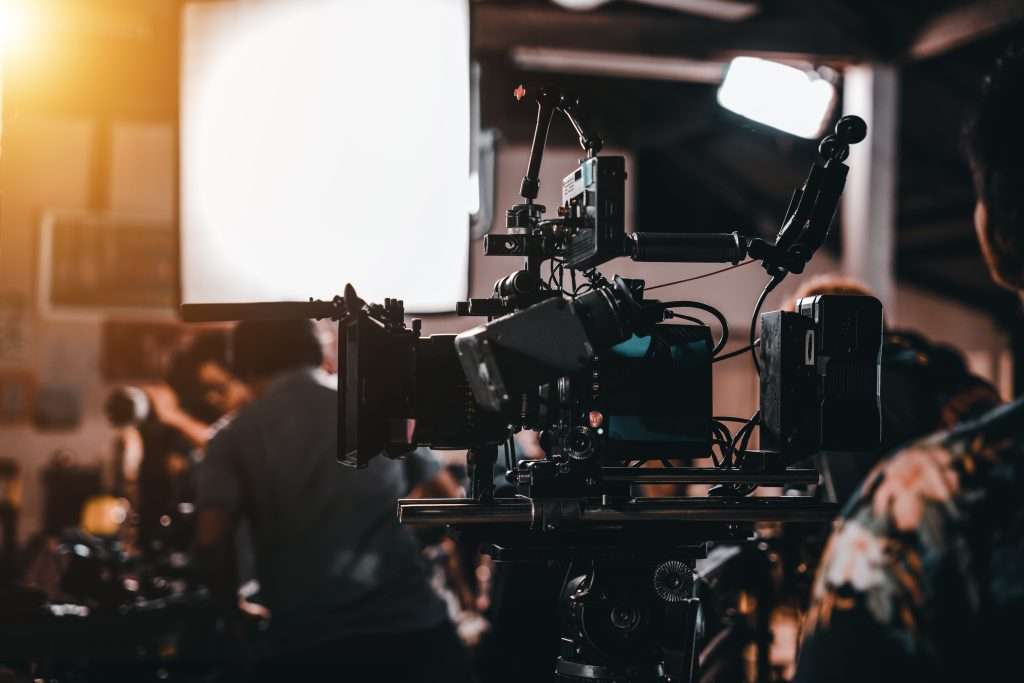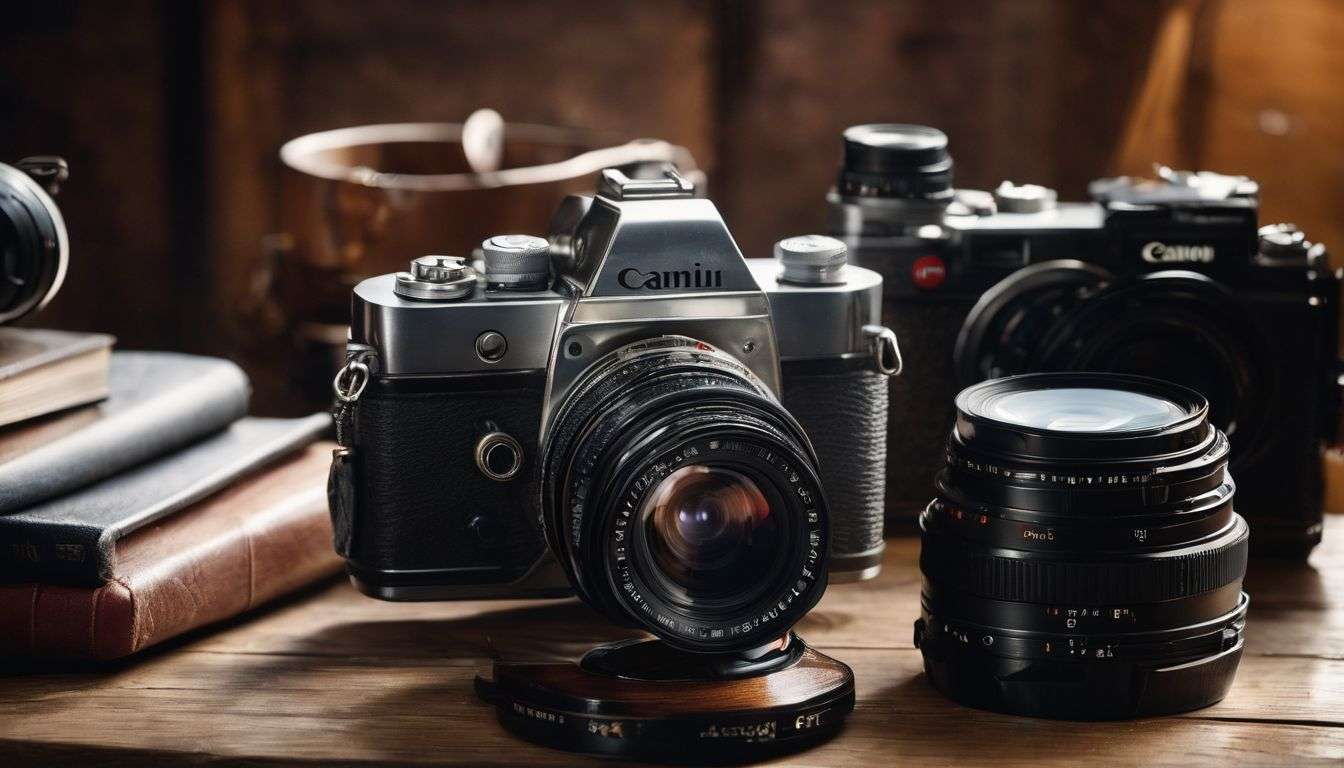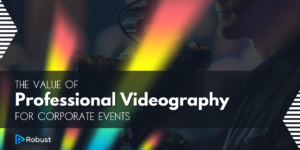Ever found yourself scratching your head trying to comprehend the integral elements that construct a truly captivating cinema scene? Trust us, you’re not alone! Gaining insight into the three pillars of cinematography – exposure, lighting and framing – can significantly enhance your films’ visual storytelling prowess.
This blog post is designed as an accessible guide, delving into these concepts without drowning you in complicated technical language. So, shall we unveil some hidden secrets of movie magic together?.
Key Takeaways
- The three areas of cinematography are framing and composition, lighting and color, and camera movement.
- Framing and composition help to create visually pleasing shots that tell the story well by putting all elements in the right place.
- Lighting and color set the mood of a film, drawing our eyes to certain parts of the shot and evoking specific emotions.
- Camera movement adds liveliness to shots and helps to better tell the story by using different techniques such as tilting, panning, zooming, tracking, or crane shots.
What are the Three Areas of Cinematography?

The three areas of cinematography include framing and composition, lighting and color, and camera movement.
Framing and Composition
Framing and composition are very important in film. We use these to put all parts of a shot in the right place. It is like putting together a picture puzzle. Every object, person, and piece of scenery has its own spot.
We play with camera angles to make this happen. The goal is to create shots that are pleasing to the eye and tell the story well. This part of movie making helps us control what viewers see on their screens.
Lighting and Color
Lighting and color shape how we see a film. They set the mood, draw our eyes to certain parts of the shot, and tell us how to feel. Good light in a film can make things bright and happy.
Dark lighting sets a somber or scary mood. Colors play with our feelings too. Warm colors like red and orange bring feelings of warmth and joy. Cool colors like blue give off calm or sad vibes.
Using lights and colors right is key to making good films.
Camera Movement
Moving the camera is a key part of making films. It makes shots more lively and helps tell the story better. Different camera movements give different feelings to a scene.
There are many ways to move the camera. We can tilt it up or down. Or pan it from left to right. Zooming in or out changes how close we see things. A tracking shot follows the action as it happens.
A crane shot lets us move the camera high up in air, almost like a bird flying over the scene! All these movements help us make interesting shots that hold our viewers’ attention.
Understanding the Difference: What is Cinematography vs Videography?

Cinematography and videography are often mistaken as the same thing. But they are not. Cinematography is all about making movies. It uses things like lighting, exposure, and framing to tell a story.
You have to think about every shot when you make a movie.
Videography, on the other hand, is for events that happen in real life. This could be a wedding or a birthday party or even news events we see on TV everyday. The goal of videographers is usually just to capture what’s happening in front of them.
So while both use cameras and lights, how they use them makes all difference between cinematography and videography!
Cinematography Techniques
From extreme long shots to point-of-view shots, cinematography techniques play a vital role in creating visually captivating scenes. Dive deeper into the world of camera angles, shot compositions, and framing techniques to discover how they enhance storytelling.
Read more to unlock the secrets behind these cinematic elements.
Extreme long shot
The extreme long shot is an important tool in our film set. We use it to show the full scene. This type of shot gives you a wide view of a place or setting. It can tell us where and when the story takes place.
The action feels far away in an extreme long shot.
We use this technique to give viewers more information about what they see on screen. For example, we might show a castle at the top of a hill with lots of green land around it in an extreme long shot.
Or we could show a tiny boat floating on a huge ocean. These shots can stir up emotions like awe or loneliness in viewers.
Bird’s eye shot
A bird’s eye shot is a unique type of camera angle. It’s taken from above, very high up, just like how birds see the world. We use it to show where things are happening in a scene.
This big view can make places or people look small and far down below. It helps us to tell better stories by making viewers feel like they’re flying over the scene too.
Long shot
A long shot is one of the key tools in cinematography. It shows a lot more than the main object or person. This type of shot helps us to see all things in a frame from far away. It can be used to show people, places or things that are part of the story.
A long shot adds depth and detail to what we see on screen. The space, size and look of a place can be shown very well with it. We might use this type of shot at the start of a movie when we need to set up where it happens.
Medium shot
In cinematography, a medium shot is a camera angle that captures the subject from waist up. It allows the audience to see the subject’s body language and facial expressions while still showing some of their surroundings.
This type of shot is often used in dialogue scenes or when there is a need to establish the relationship between characters. The medium shot helps create a sense of connection and intimacy between the viewer and the subject, while also providing context for what is happening in the scene.
By adjusting the distance between the camera and subject, filmmakers can convey different emotions or emphasize certain aspects of the scene.
Close up shot
In cinematography, a close-up shot is when the camera zooms in on a subject or object to show it in great detail. This shot is used to highlight specific emotions, reactions, or details that are important to the story.
By focusing closely on the subject, viewers can better understand their facial expressions or see important objects up close. A close-up shot can create a sense of intimacy and draw the audience’s attention to specific elements within the frame.
It is one of many techniques that cinematographers use to tell stories visually and engage viewers with the narrative.
Extreme close up shot
An extreme close-up shot is when the camera gets really, really close to a subject. It focuses on specific details or features, like someone’s eyes or a small object. This shot helps to create intense emotions and draw the viewer’s attention to important elements in the scene.
By using an extreme close-up shot, filmmakers can make you feel more connected to the characters or emphasize certain objects that are significant to the story. It adds depth and intensity to a scene by showing things from a very up-close perspective.
Dutch angle shot
The Dutch angle shot is a cinematography technique where the camera is tilted to create a sense of unease or disorientation. It’s achieved by tilting the camera sideways on its axis, resulting in a slanted frame.
This technique is often used in intense or dramatic scenes to visually convey tension or instability. By tilting the camera, it adds an unconventional and dynamic element to the composition, making it visually interesting for viewers.
The Dutch angle shot can be particularly effective in horror films, thrillers, or moments of chaos as it amplifies the emotional impact of a scene.
Over-the-shoulder shot
The over-the-shoulder shot is a cinematography technique where the camera is positioned behind one character’s shoulder, showing their point of view while also including part of another person in the frame.
This shot helps to establish relationships between characters and creates a sense of proximity and intimacy. It is commonly used in dialogue scenes to capture both the speaker and the listener’s reactions simultaneously, adding depth to the scene.
The over-the-shoulder shot adds visual interest and enhances storytelling by giving viewers a more immersive experience.
Tilt shot
A tilt shot is a camera movement technique where the camera moves up or down while keeping its horizontal axis fixed. It is used to show vertical movement or reveal something new in the frame.
For example, if there’s a tall building and we want to show its full height, we can use a tilt shot by starting at the bottom of the building and slowly tilting up until we reach the top.
This creates a sense of grandeur and allows viewers to appreciate the scale of the building. On the other hand, if we start from above and tilt down, it can create an unsettling or dramatic effect.
Panning shot
A panning shot is a cinematography technique where the camera rotates horizontally from one side to another while filming. This creates a sense of movement or follows the action in a scene.
It is achieved by keeping the camera fixed on a tripod or using specialized equipment, such as a dolly or gimbal. The panning shot can be used to show the environment and give viewers a broader perspective of the scene.
It adds dynamic energy and helps guide the audience’s attention towards specific subjects or objects within the frame. Professional filmmakers use panning shots creatively to enhance storytelling and make scenes more visually engaging for viewers.
Zoom shot
The zoom shot is a cinematography technique that involves changing the focal length of the camera lens during a shot. It creates an illusion of movement by either zooming in (making the subject appear closer) or zooming out (making the subject appear farther away).
This technique is commonly used to create dramatic effects, build tension, or emphasize specific elements in a scene. The zoom shot can also be used to transition between different perspectives and draw attention to important details.
Overall, it adds visual interest and enhances storytelling in film and television.
Crane shot
A crane shot is a cinematography technique that involves moving the camera up or down using a crane or jib arm. This allows for dynamic and sweeping shots, giving the audience a bird’s eye view of the scene.
The crane shot can be used to show the scale of a location or to create dramatic and impactful visuals. It adds movement and excitement to a film, capturing attention and drawing viewers into the story.
Crane shots require skillful coordination between the camera operator and other crew members to ensure smooth and precise movements. They are often used in action sequences or to establish grandiose settings in films.
Tracking shot
In cinematography, a tracking shot is a technique where the camera follows the movement of a subject or object. It involves physically moving the camera along with the action to create a smooth and dynamic shot.
This can be done using different equipment like dollies, tracks, or even handheld. A tracking shot adds a sense of movement and energy to a scene, allowing viewers to feel more immersed in the action.
It is commonly used in chase sequences or when capturing long takes that require following characters as they move through their environment. By using this technique, filmmakers can enhance the visual storytelling and create a more engaging cinematic experience for audiences.
Point-of-view shot
The point-of-view shot is a cinematography technique that shows the perspective of a character or object in the film. It places the viewer directly in their shoes, giving us a first-person experience of what they are seeing and feeling.
This shot is often used to create empathy and immerse the audience into the story. For example, in horror movies, we might see through the eyes of a frightened victim being chased by a killer, heightening our fear and suspense.
The point-of-view shot allows us to connect with characters on a deeper level and adds an immersive element to storytelling.
How Cinematography Affects a Scene
Cinematography plays a crucial role in shaping the look and feel of a scene, from telling stories through visual storytelling to making creative choices with lens selection. Discover how cinematography can transform a scene into a captivating cinematic experience.
Telling stories
Cinematography plays a crucial role in telling stories in film and television. Through the use of camera angles, lighting techniques, and shot composition, cinematographers create visual narratives that evoke emotions and engage audiences.
They carefully choose lens choices to convey different perspectives and moods within a scene. Additionally, post-production processes such as film editing and color grading also contribute to enhancing the storytelling aspect of cinematography.
By understanding how to effectively capture and present images, cinematographers have the power to bring stories to life on screen.
Lens choices
Lens choices are an important aspect of cinematography. Different lenses can create different effects and alter the visual style of a film. Wide-angle lenses capture more of the scene, while telephoto lenses bring distant objects closer.
Prime lenses have fixed focal lengths, providing sharper images, while zoom lenses offer flexibility by allowing you to change the focal length. Lens choice affects depth of field, which determines what is in focus and what is blurred in a shot.
By selecting the right lens for each scene, filmmakers can enhance storytelling and create unique visual experiences for viewers.
Post production
After the filming is done, there is still more work to be done in post production. This is when the footage is edited and put together to create the final film or video. In post production, the editor selects and arranges the best shots, adds special effects if needed, and adjusts the color and sound.
They make sure that everything flows smoothly and that any mistakes or bloopers are removed. Post production also includes tasks like adding music or a voiceover narration, as well as doing any necessary color correction or grading.
Overall, post production is an important step in creating a high-quality film or video.
Removing and Adding Light
Exposure and lighting play crucial roles in cinematography, as they determine the overall mood and atmosphere of a scene. Cinematographers carefully manipulate light to create shadows and highlights, enhancing the visual impact of each shot.
Exposure
Exposure is a key aspect of cinematography. It refers to how bright or dark an image appears on the screen. To control exposure, we adjust the camera’s aperture, shutter speed, and ISO settings.
Aperture controls the amount of light that enters the camera through the lens, while shutter speed determines how long the camera’s sensor is exposed to light. ISO measures the camera’s sensitivity to light.
By adjusting these settings, cinematographers can achieve their desired level of brightness and contrast in a shot. Proper exposure is important because it affects how well viewers can see details in a scene and helps create a specific mood or atmosphere for storytelling purposes.
Lighting
Lighting is an essential aspect of cinematography that can greatly influence the mood, atmosphere, and overall visual impact of a scene. By carefully manipulating light sources, cinematographers create depth, shadows, highlights, and contrast in their compositions.
They use different lighting techniques to enhance certain elements or create specific effects. For example, low-key lighting with dark shadows can add suspense and mystery to a film noir genre.
On the other hand, high-key lighting with even illumination creates a bright and cheerful atmosphere for a romantic comedy. Cinematographers also have control over the color temperature of the lights they use, which affects the mood and tone of the scene.
Conclusion
In conclusion, cinematography encompasses three essential areas: exposure, lighting, and framing. These elements work together to create visually captivating scenes in films. By understanding and mastering these aspects of cinematography, filmmakers can effectively tell stories and engage audiences through the power of visuals.
What is the relationship between filmmaking and cinematography?
Filmmaking and cinematography are intricately intertwined. Cinematography, as an art form, is one vital aspect of filmmaking. It encompasses the creation of visually captivating scenes through camera angles, lighting, and composition. The three types of filmmaking – narrative, documentary, and experimental – all heavily rely on cinematography to visually convey their messages and capture the audience’s emotions.
How Does Lighting Play a Role in Cinematography?
Lighting techniques for film and photography are crucial elements in creating a desired atmosphere, setting the mood, and emphasizing the story’s narrative. Cinematography heavily relies on the proper placement and manipulation of lights to enhance visual aesthetics, accentuate actors’ performances, and guide the viewer’s attention. From natural lighting to creative approaches like three-point lighting or chiaroscuro, light plays a fundamental role in shaping the visual language and overall impact of a film or photograph.
FAQs
1. What are the three areas of cinematography?
The three areas of cinematography are camera work, lighting, and composition.
2. What does camera work involve in cinematography?
Camera work in cinematography involves operating the camera to capture different shots and angles for storytelling purposes.
3. How does lighting contribute to cinematography?
Lighting is an important aspect of cinematography as it helps set the mood, create depth, and highlight specific elements within a scene.
4. What is composition in relation to cinematography?
Composition refers to how elements such as people, objects, and backgrounds are arranged within the frame of a shot to create visually appealing and meaningful images.
5. Why are these three areas important in filmmaking?
These three areas (camera work, lighting, and composition) play vital roles in conveying emotions, enhancing storytelling, capturing dynamic visuals, and creating engaging cinematic experiences for viewers.






